|
Diplonine, a mycotoxin that induces neurotoxic clinical signs in the guinea pig, resembling those occurring in cattle and sheep with diplodiosis, was isolated previously from a Stenocarpella maydis culture. Knowledge of the chemical properties of the toxin, which was characterised as a substituted ß-cyclopropylamino acid, enabled amendments in the present study to the initial steps of the isolation procedure. Extraction with water and fractionation by cation exchange chromatography improved the efficiency of isolation, potentially allowing the preparation of larger amounts of the toxin.
As laboratory observations indicated that diplonine might be more soluble in water than in methanol, extraction of the neurotoxin with water was investigated. The same S. maydis culture used by Schultz et al. (2011) (Experiment 1) was used in this study. This culture was isolated from a S. maydis-infected maize kernel, onto potato dextrose agar (PDA) (Flett & McLaren 1994) and maintained as a culture on a PDA slant in the Agricultural Research Council – Grain Crops Institute (ARC–GCI) collection. Schultz et al. (2011) found a methanolic extract of this culture to be severely to extremely toxic using a guinea pig bio-assay, with typical paretic signs as a guide after being dosed via a stomach tube (Table 1). Bio-assays in this study were similarly performed. In the present study, culture material (100 g) was extracted with 250 mL water (saturated with chloroform) for 24 h on a mechanical shaker (Labotec SP4; Labotec, Midrand, South Africa). The extract was centrifuged in an Allegro X-22R centrifuge (Beckmann Coulter Inc., Johannesburg, South Africa) at 4500 rpm for 40 min. The supernatant was decanted and the pellet stirred up with a volume of water equal to the decanted supernatant. After being centrifuged under the same conditions the supernatants were combined and defatted twice by extraction with equal volumes of hexane (Merck AR; Merck [Pty] Ltd, Johannesburg, South Africa). Bio-assaying of the dried extract at a dose equivalent to 101 g culture/kg body weight (BW) resulted in moderate neurotoxic signs in a guinea pig, whilst a dose equivalent to 174 g culture/kg BW proved to be fatally toxic as it resulted in mortality of the guinea pig 6 h after being dosed. A dose equivalent to 62 g culture/kg BW did not elicit neurological signs in a guinea pig. A comparison of these dosing rates with that of the methanol extracts (Table 1) indicated a much higher yield of the neurotoxin when extracted with water.
|
TABLE 1: Toxicity of various fractions as reflected by the severity of neurotoxic signs in a guinea pig.
|
As laboratory observations indicated that diplonine might be more soluble in water than in methanol, extraction of the neurotoxin with water was investigated. The same S. maydis culture used by Schultz et al. (2011) (Experiment 1) was used in this study. This culture was isolated from a S. maydis-infected maize kernel, onto potato dextrose agar (PDA) (Flett & McLaren 1994) and maintained as a culture on a PDA slant in the Agricultural Research Council – Grain Crops Institute (ARC–GCI) collection. Schultz et al. (2011) found a methanolic extract of this culture to be severely to extremely toxic using a guinea pig bio-assay, with typical paretic signs as a guide after being dosed via a stomach tube (Table 1). Bio-assays in this study were similarly performed. In the present study, culture material (100 g) was extracted with 250 mL water (saturated with chloroform) for 24 h on a mechanical shaker (Labotec SP4; Labotec, Midrand, South Africa). The extract was centrifuged in an Allegro X-22R centrifuge (Beckmann Coulter Inc., Johannesburg, South Africa) at 4500 rpm for 40 min. The supernatant was decanted and the pellet stirred up with a volume of water equal to the decanted supernatant. After being centrifuged under the same conditions the supernatants were combined and defatted twice by extraction with equal volumes of hexane (Merck AR; Merck [Pty] Ltd, Johannesburg, South Africa). Bio-assaying of the dried extract at a dose equivalent to 101 g culture/kg body weight (BW) resulted in moderate neurotoxic signs in a guinea pig, whilst a dose equivalent to 174 g culture/kg BW proved to be fatally toxic as it resulted in mortality of the guinea pig 6 h after being dosed. A dose equivalent to 62 g culture/kg BW did not elicit neurological signs in a guinea pig. A comparison of these dosing rates with that of the methanol extracts (Table 1) indicated a much higher yield of the neurotoxin when extracted with water.
|
Fractionation by cation exchange chromatography
|
|
As diplonine is an amino acid derivative, purification of the water extract by ion exchange chromatography seemed to be a logical first step in the chromatographic purification of diplonine. By using cation exchange chromatography, all non-ionic and negatively charged substances at a pH of 3.5 could be eliminated in one step, including arabitol, which severely hampered the purification of diplonine (unpublished observations) in the previous study (Snyman et al. 2011). Fractionation of the water extract by means of cation exchange chromatography was performed with pre-cooled liquids (± 5 °C) as follows: the pH of an amount of the water extract (84 mL) equivalent to 40 g S. maydis culture was adjusted to pH 3.5 by addition of glacial acetic acid (Merck AR; Merck [Pty] Ltd, Johannesburg, South Africa). The extract was passed through 70 g Amberlite IR-120 H cation exchange resin (BDH; MCL [Pty] Ltd, Johannesburg, South Africa), packed in a 55 mm diameter glass column, at a rate of 1 drop/s. The resin was then washed with 300 mL water followed by elution with 200 mL 1 M ammonium hydroxide (Merck AR; Merck [Pty] Ltd, Johannesburg, South Africa).The dried eluate (325 mg) elicited moderate signs of neurotoxicity when dosed to a 155 g guinea pig (equivalent to 258 g culture/kg BW). A replicate yielded 298 mg of the dried eluate and induced mild neurological signs when dosed to a 145 g guinea pig (equivalent to 275 g culture/kg BW). Comparison of these dosing rates (culture equivalents) with that of the water extracts (Table 1) indicated a marked loss of toxicity during cation exchange chromatography. When comparing the dosing rates (mg dried residue/kg BW) of the eluates from the cation exchange column with that of pure diplonine (Table 1), it was evident that although considerable purification had been achieved by cation exchange chromatography, impurities were still present. In contrast to the water extract, only 30% of pure diplonine (20 mg) was lost when passing it through the column, which might indicate suboptimal chromatographic conditions when fractionating the extract. The dosing rate (mg dried residue/kg BW) of the ammonia eluate nevertheless compares favourably with that of the toxic fraction obtained after two fractionations on silica gel with the chloroform : methanol : ammonia mobile phase (3353 mg/kg BW) in the original isolation of diplonine (Snyman et al. 2011). The published method was more expensive, took longer and was more laborious to perform. The amended procedure shows potential for large-scale preparation of diplonine, especially if the loss of toxicity during cation exchange chromatography can be reduced by further optimisation of the chromatographic conditions.
|
Neurotoxic clinical signs in a guinea pig
|
|
The neurological signs induced in the guinea pigs by the various fractions largely corresponded with those of the pure toxin, diplonine. The clinical signs elicited by diplonine had previously only been described (Snyman et al. 2011) but not photographically documented. For this reason, a series of photographs (Figures 3–7) showing progression of intoxication in the guinea pig dosed with diplonine have been included. The photographs corroborate the resemblance to clinical signs in cattle and sheep, and thereby the suggestion that diplonine might be the neurotoxin responsible for diplodiosis in cattle and sheep (Snyman et al. 2011). Additionally, this photographic record may serve as an important reference for further studies on diplodiosis when guinea pigs are used as a model.In conclusion, the procedures investigated seem to be promising in producing the higher quantities of diplonine required to prove that diplonine is the neurotoxin that causes diplodiosis in cattle and sheep. This has, to some extent, already been demonstrated by the neurotoxic clinical signs that were induced in a guinea pig, as photographically illustrated in this article.
 |
FIGURE 1: The chemical structures of diplonine (1 or 2).
|
|
 |
FIGURE 2: Schematic representation of the original isolation of diplonine.
|
|
 |
FIGURE 3: Guinea pig (in front) immediately after dosing with diplonine, showing no clinical signs (normal).
|
|
 |
FIGURE 4: Guinea pig 12 h after dosing with diplonine, showing paresis in the hindquarters (mildly affected).
|
|
 |
FIGURE 5: Guinea pig 24 h after dosing with diplonine, experiencing frequent falling (moderately affected).
|
|
 |
FIGURE 6: Guinea pig 36 h after dosing with diplonine, exhibiting lateral recumbency (severely affected).
|
|
 |
FIGURE 7: Guinea pig 48 h after dosing with diplonine, showing no clinical signs apart from righting reflexes (recovered).
|
|
The Maize Trust is gratefully acknowledged for funding this research.
Competing interests
The authors declare that they have no financial or personal relationships which may have inappropriately influenced them in writing this article.
Authors’ contributions
B.C.F. (ARC–GCI) was responsible for the S. maydis cultures. L.D.S. (ARC–OVI) performed the extraction and compiled the manuscript. R.A.S. (ARC–OVI) was responsible for the clinical trials.
Flett, B.C. & McLaren, N.W., 1994, ‘Optimum disease potential for evaluating resistance to Stenocarpella maydis ear rot in corn hybrids’, Plant Diseases
78, 587–589. http://dx.doi.org/10.1094/PD-78-0587Kellerman, T.S., Coetzer, J.A.W., Naudé, T.W. & Botha, C.J., 2005, Plant poisonings and mycotoxicoses of livestock in southern Africa, 2nd edn., Oxford University Press, Cape Town. Schultz, R.A., Snyman L.D., Basson, K.M. & Labuschagne, L., 2011, ‘The use of a guinea pig model in detecting diplodiosis, a neuromycotoxicosis of ruminants’, in F. Riet-Correa, J. Pfister, A.L. Schild & T. Wierenga (eds.), Poisoning by plants, mycotoxins and related toxins: 8th International Symposium on Poisonous Plants, UK proceedings, João Pessoa-Paraiba, Brazil, 04–08 May 2009, pp. 520–523, CABI, Wallingford. Snyman, L.D., Kellerman, T.S., Vleggaar, R., Flett, B.C., Basson, K.M. & Schultz, R.A., 2011, ‘Diplonine, a neurotoxin isolated from cultures of the fungus Stenocarpella maydis (Berk.) Sacc. that induces diplodiosis’, Journal of Agricultural and Food Chemistry 59, 9039–9044.
http://dx.doi.org/10.1021/jf202735e
|